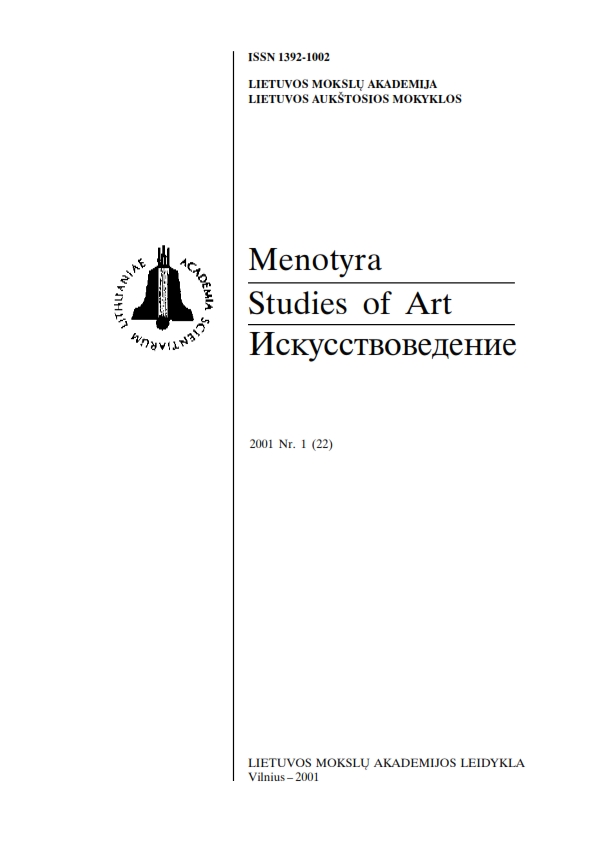Romantizmo elementai Lietuvos nacionalinio dramos teatro kūryboje
Elements of romanticism in the art of the Lithuanian national drama theatre
Author(s): Gražina MareckaitėSubject(s): Theatre, Dance, Performing Arts, Theory of Literature
Published by: Lietuvos mokslų akademijos leidykla
Summary/Abstract: Since its very inception the Lithuanian National Drama Theatre has been consistently adhering and promoting the realistic-psychological trend in the scenic art. However, there were some moments in the theatre's creative path, which reflected another, romantic (and later even metaphorical) trend in Lithuanian theatre. The first attempt to escape domination of social realism in the Lithuanian Academic Drama Theatre was R. Juknevičius' production of the historical tragedy Apyaušrio dalia (1956) by Balys Sruoga. Versed lines, exaggerated feelings, emphatic contrasts and romantic acting of S. Jukna in the principal role added to the exceptional quality of this performance in the context of the theatre's repertoire of the 1950s. The year 1961 saw another significant premiere - K. Kymantaitė's dramatization and production of the poem Kraujas ir pelenai by Justinas Marcinkevicius. That was an exalted and poetic performance of epico-lyrical nature, speaking thelanguage of the romanticized scenic metaphors. Its monumental modern scenography created by the artist Juzefa Čeičytė was especially striking when compared to the general artistic background of the time.A model of poetic drama, highly influential in the entire development of Lithuanian scenic art from its very outset, was given a new lease on life in the stage production of the dramatic poem Mindaugas by J. Marcinkevicius (1969, dir. by H. Vancevičius). This performance raised some newly invigorated issues concerning the history of state and the existence of nation; it also revived an idea of the romantic hero (R. Adomaitis). Lithuanian National Drama Theatre, however, had no intentions to establish and support the romantic trend in Lithuanian theatre, unlike the Kaunas Drama Theatre with its orientation towards the formation of the national repertoire consisting of plays by J. Grušas and others.
Journal: Menotyra
- Issue Year: 2001
- Issue No: 1(22)
- Page Range: 8-12
- Page Count: 5
- Language: Lithuanian

